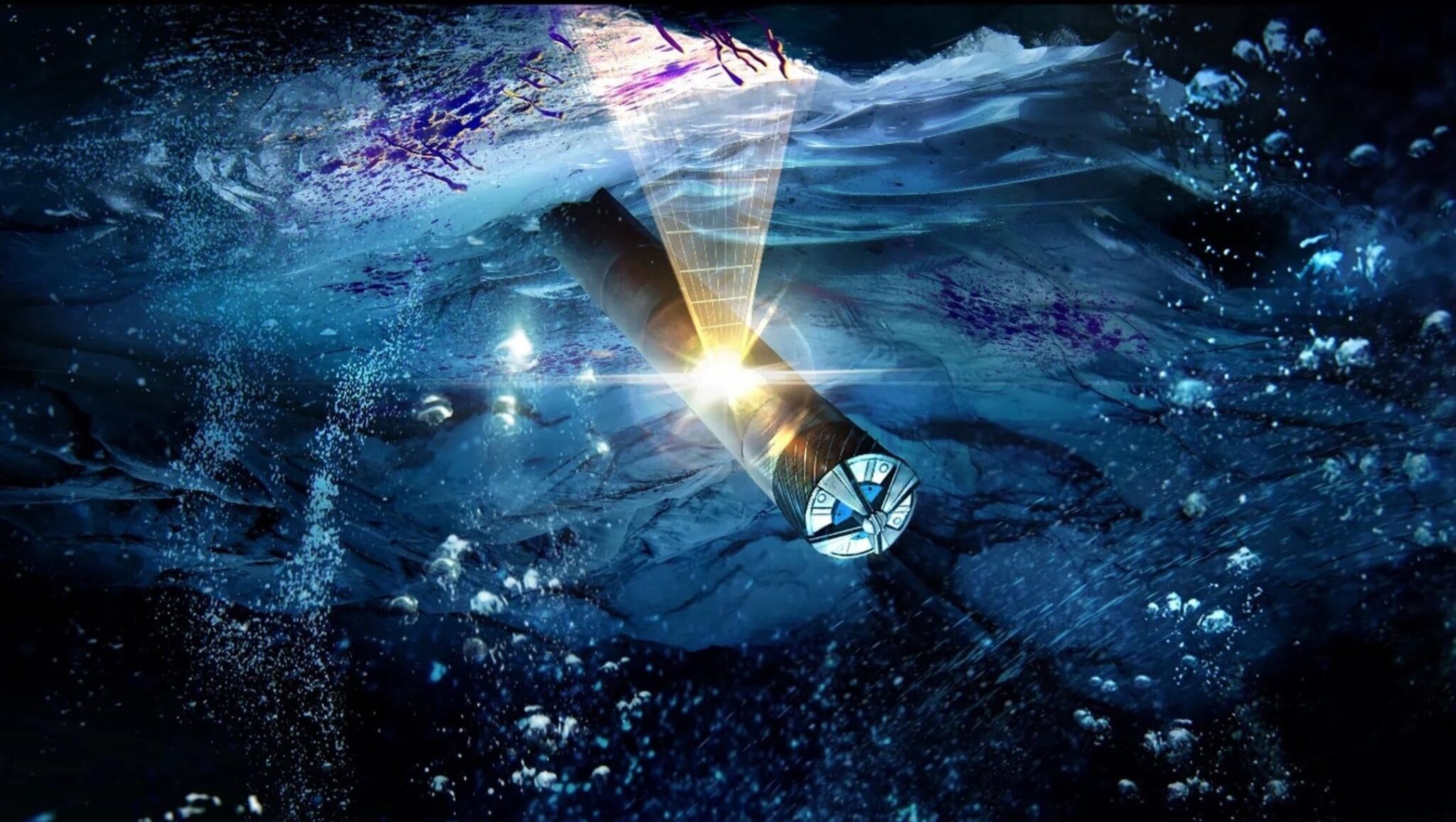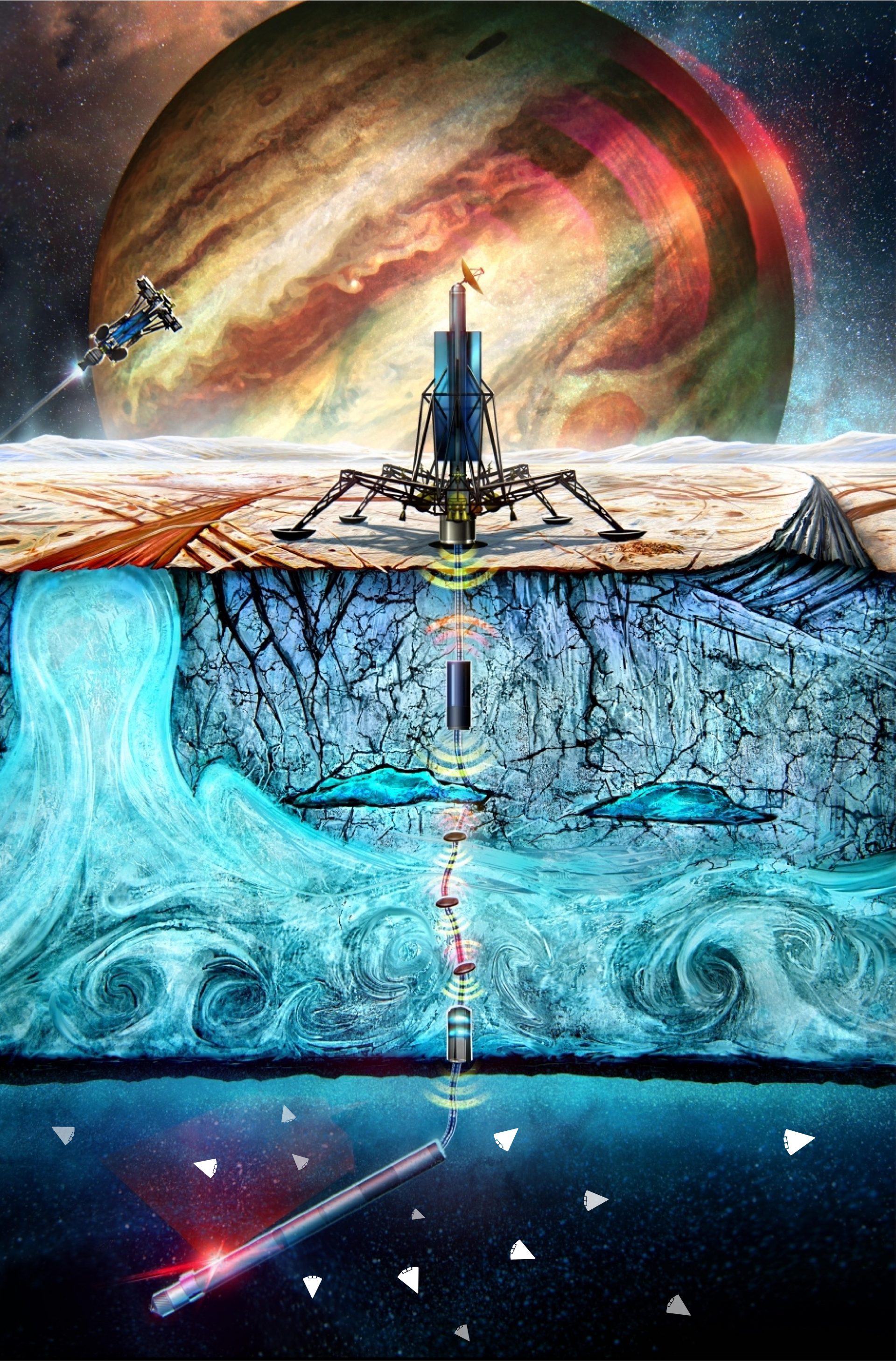The astrobiology community believes that alien life may exist on the icy moons of Jupiter and Saturn in the oceans hidden under a thick layer of ice. However, unlike exploring the surface of Mars with the help of rovers, these oceans remain inaccessible. Scientists are developing a new mission to change this situation, which will give them the opportunity to explore these mysterious water worlds.

Cryobot was proposed by scientists. This cylindrical robot is capable of melting ice and penetrating the liquid ocean water beneath it. The workshop at the California Institute of Technology brought together more than 40 researchers to improve the technological concept of the mission. The scientists investigated the energy, thermal, mobile and communication systems needed to bring this mission to life.
The idea of life beyond Earth is being seriously considered, and space observatories, including the James Webb Space Telescope, are designed to collect data on exoplanets, possible sites for alien life. However, they are far away. Therefore, scientists hope to find liquid water in our Solar System.
According to the plan, Cryobot will descend to the frozen surface of Europa or Enceladus and use hot water drilling to penetrate the icy surface. A nuclear power system and a thermal control system will help with this. It will be able to reach the subsurface liquid ocean thanks to them.

The workshop participants came to the conclusion that the demonstration of hazard reduction systems was a top priority for further work on the concept. They also determined that any Cryobot would require a communication line that would allow it to transmit information to a surface lander, which in turn would transmit that data to Earth. Although fiber optic cables are now an industry standard, they can break due to various obstacles, which will interrupt communication between the lander and the probe that may be located kilometers deep under the ice. Therefore, engineers are faced with the question of using wireless communication methods, including radio, acoustic and magnetic receivers.
The Europa and Enceladus moons are of particular interest, so future NASA and ESA missions will help study them. The Europa Clipper mission is scheduled for October 2024, and the Enceladus orbiter will explore Saturn’s moon. The workshop participants stressed that the mission concept was scientifically compelling and the most likely way to explore an alien ocean. Even if it takes years before the mission is completed, we are approaching the possibility of exploring an alien ocean.
Earlier, we reported on how a bacterium was found on the ocean floor that would survive on the moons of giant planets.
According to interestingengineering.com
Follow us on Twitter to get the most interesting space news in time
https://twitter.com/ust_magazine


